I drank this today

Another view — USB for scale

Yes, this is tea. Very very very hard, compressed tea.
I was pretty proud when, after struggling with it for about five minutes, I finally was able to split it into two

It was the good, trusty puerh knife (the one with the faux-wood handle) that did the job.
This piece was given to me when I was visiting New York. I wasn’t told much about it other than what it was. I think this is supposed to be aged somewhat, although I’m not sure when. 1997, perhaps? I don’t know. I’ve seen some of those Hong Kong return commemoration bings that were made pretty recently…
The conventional wisdom on commemoration cakes/bricks, especially the ones that are so hard compressed, is that they are no good. They are more display pieces than for consumption, and you drink it at your own peril. There’s a term for this kind of tea, gongyi cha, which means “craft tea”. What it means, really, is that this is tea that is valued more for the way it looks than the way it tastes. However, I was told that this piece is not too bad, and that I ought to try it, so I did.
Smelling the dry leaves, you can detect some nice, slightly aged puerh smell. It’s of the sweet variety, and quite pleasant to smell. It seems promising.
I rinsed it twice — the first time to soften the piece up so I can peel it into pieces, and then the second time so that all the leaves actually touch water at least once before I start brewing. The aroma is the same as the dry leaves… smells nice!
The first infusion was a bit bland… with a slightly off taste in the back. It’s the first infusion after all.
The second was a little stronger

The first sip is quite nice…. with that sweet aroma coming through, and a bit of a sweet taste. Something still there that was sort of off, but not really obvious. I took a few more sips…. the tea is a little bland and a little weak in the taste department. It hits the back of the mouth with a bit of a cooling effect, which is nice, but somehow tastes a bit like water, which is not nice.
Then, in the next two infusions, I had more of the same thing, except that the off taste is becoming more prominent. By the fourth infusion it was clear that something is not quite right. While the first sip of each infusion was rather smooth and sweet, the next sip comes off as sour… there’s a puckery feeling on the sides of the tongue, and it becomes very unpleasant to drink. The colour of the brew is stronger

But the taste remains more or less the same, other than the more pronounced effect of the sourness of the tea. The tea is also a bit drying on the mouth… I feel my mouth dry up as I drink it, and it doesn’t really moisturize the mouth like some teas do. Instead, it sucks water out of it.
I tried the tea for two more infusions and gave up on it. It wasn’t really improving. It’s truly an odd tea. The initial impression is quite favourable, and I even thought that this might be a tea that is nice enough to defy the “commemoration cake is bad tea” rule. Then, as I go deeper into the tea, things change and the problems show up. The sourness is particularly unpleasant, but it is interesting how it only shows if I drink more than one small sip of the tea in each infusion. I even thought it’s something that’s a little denser than water that’s causing tihs… that somehow the stuff causing sourness settles, so I tried shaking the tea up before drinking, but the result is the same. When there’s no sourness, the tea is quite pleasant, though a bit bland. When the sourness is there, you just don’t want to drink this.
I used about 8g of tea, which is almost half my sample. I don’t think it was too much tea, as I did very fast infusions later on to try to reduce the effect of the unpleasant tastes, thinking that I may have overbrewed them. It didn’t work, and the sour feeling eventually got me to stop drinking the tea.

The leaves are a bit broken, and small, as one would expect in such a highly compressed sample. It almost feels like there are two kinds of leaves in there…. one that gives off that nice sweet aroma, the other that gives you that sour taste. The sour taste, unfortunately, wins out.
It was an interesting experience though, regardless, as I rarely drink this sort of thing.
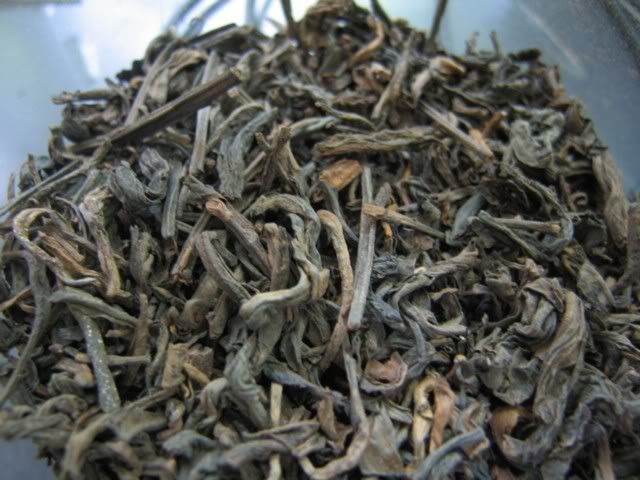
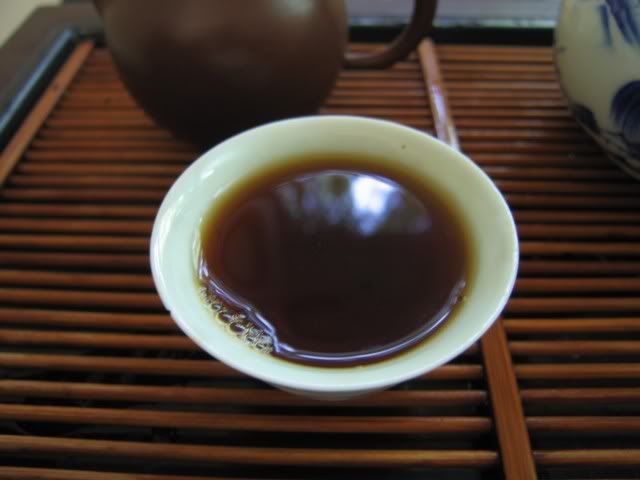
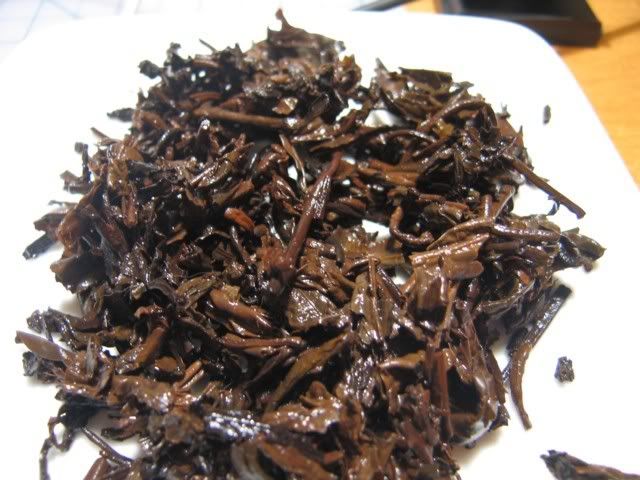

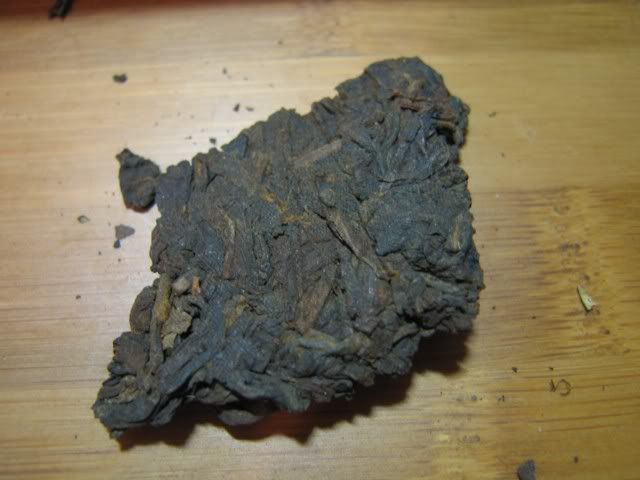
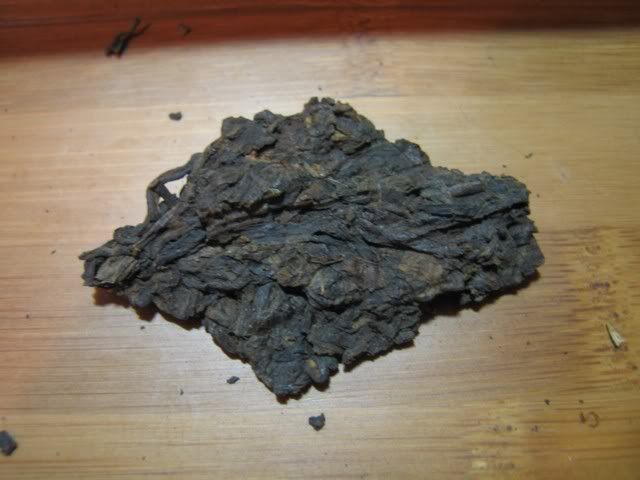
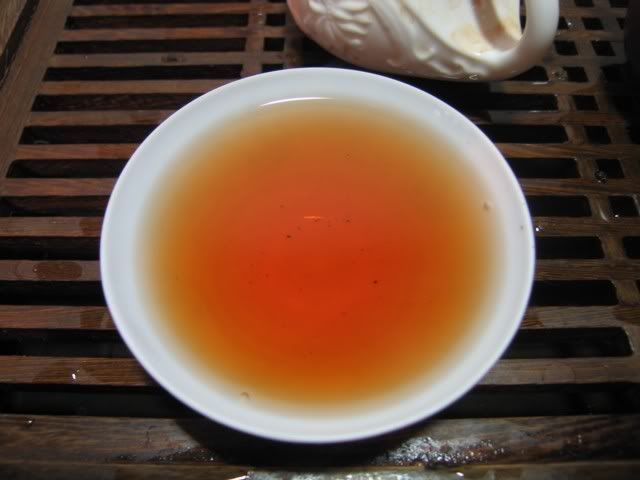
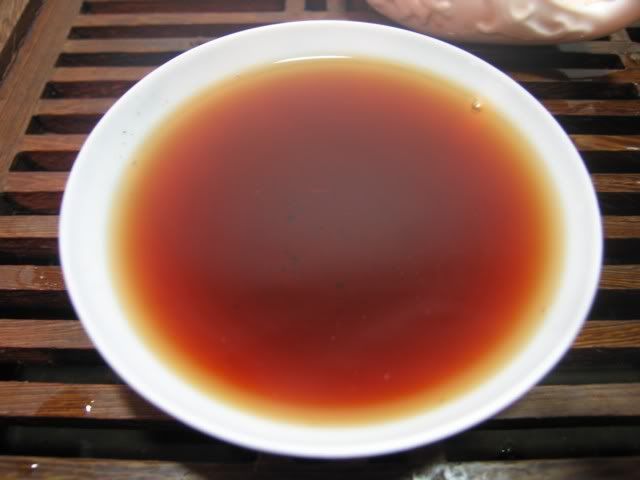
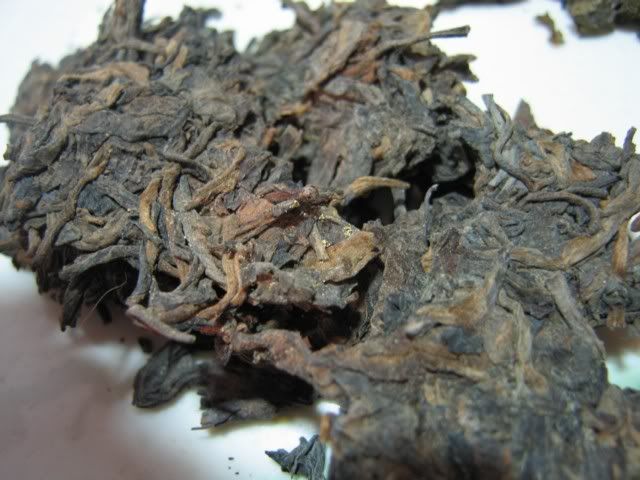
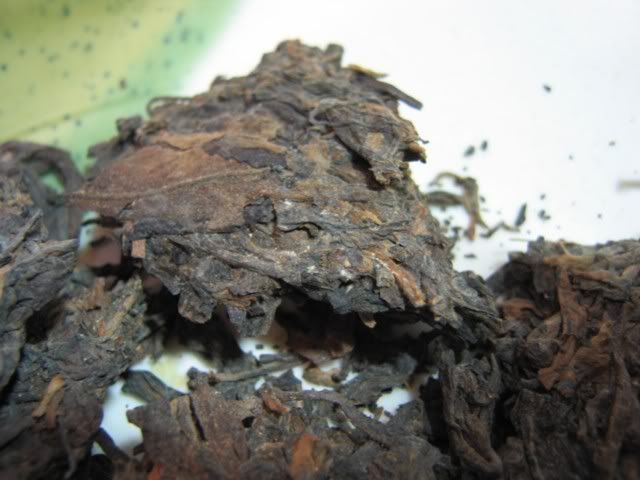
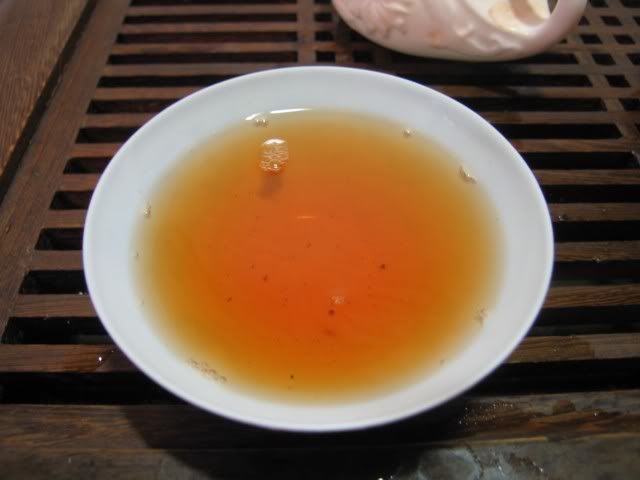
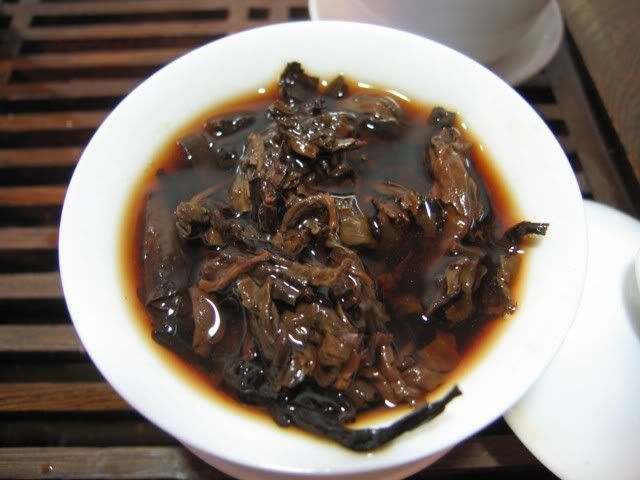
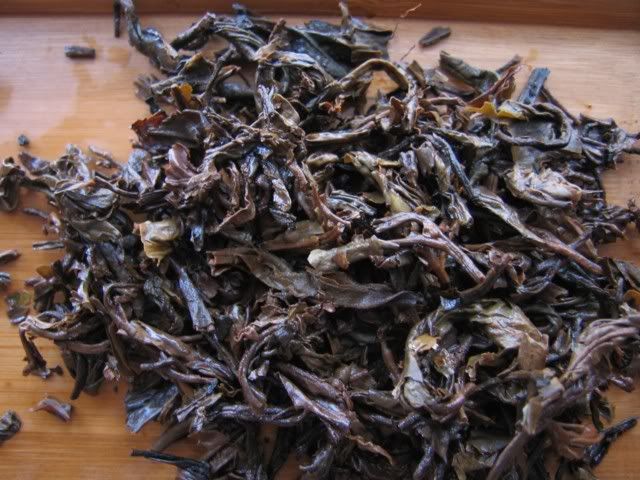

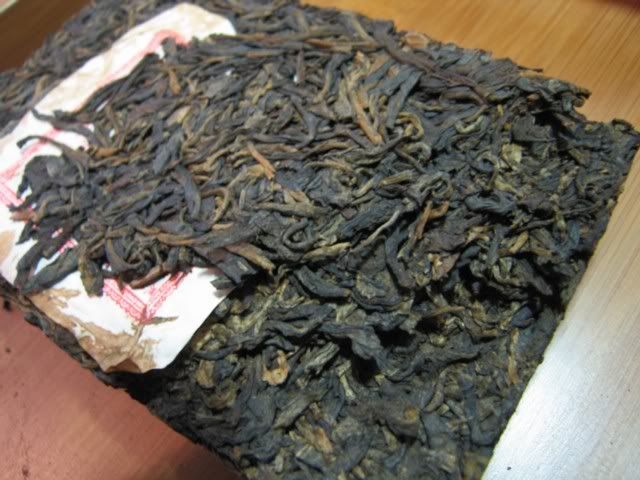
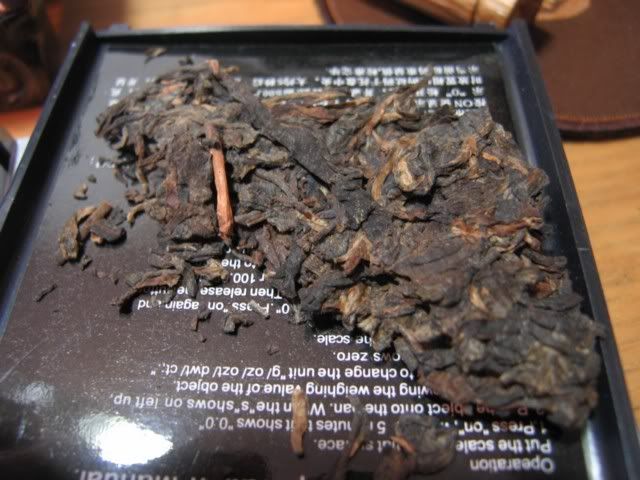



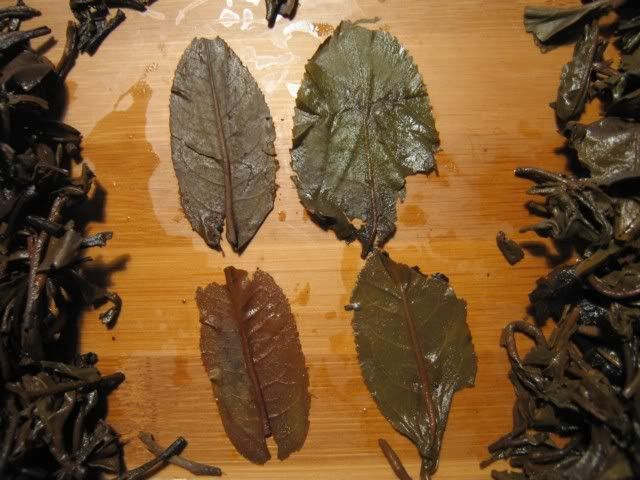
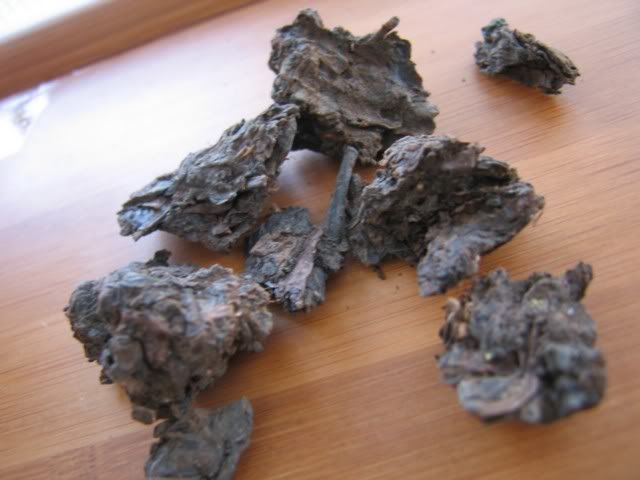
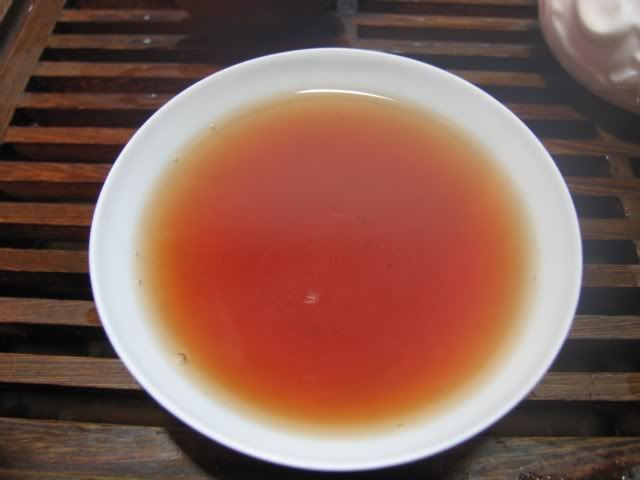
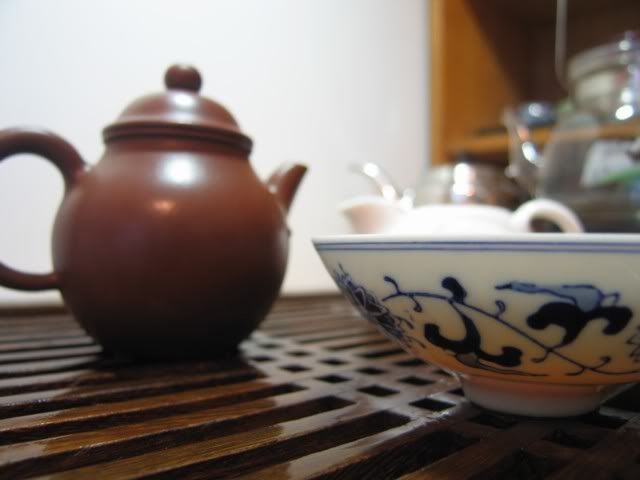
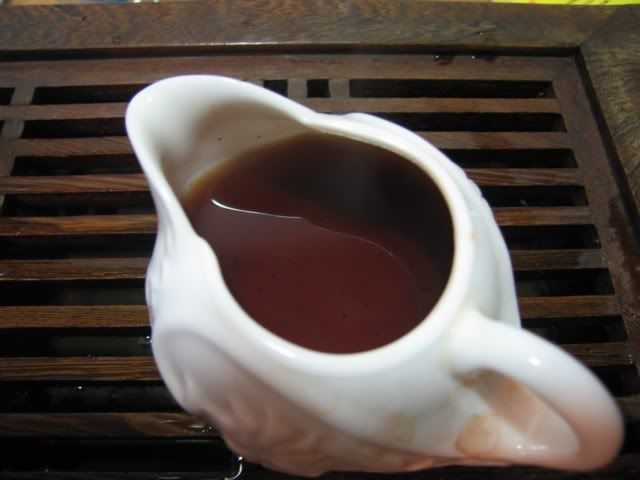
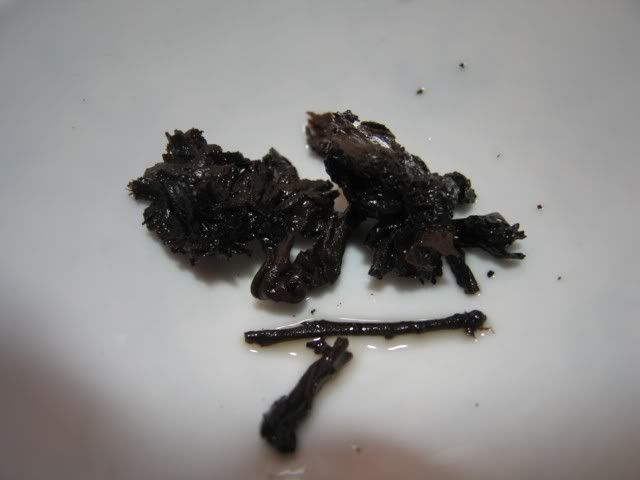






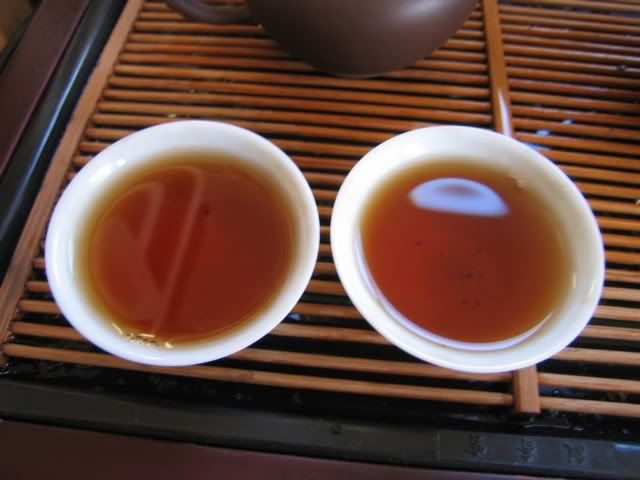
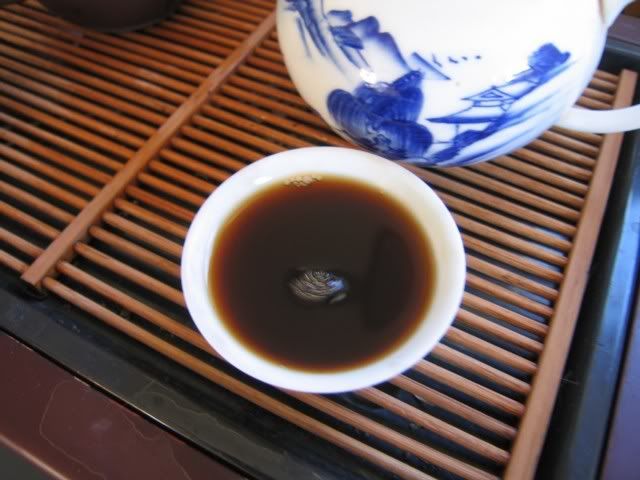

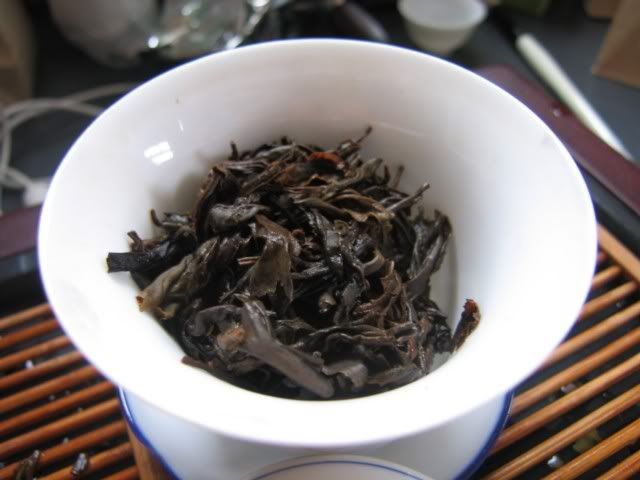
 RSS - Posts
RSS - Posts
I took you at your suggestion and have been reading some of your old post-Covid posts. I haven’t been to…